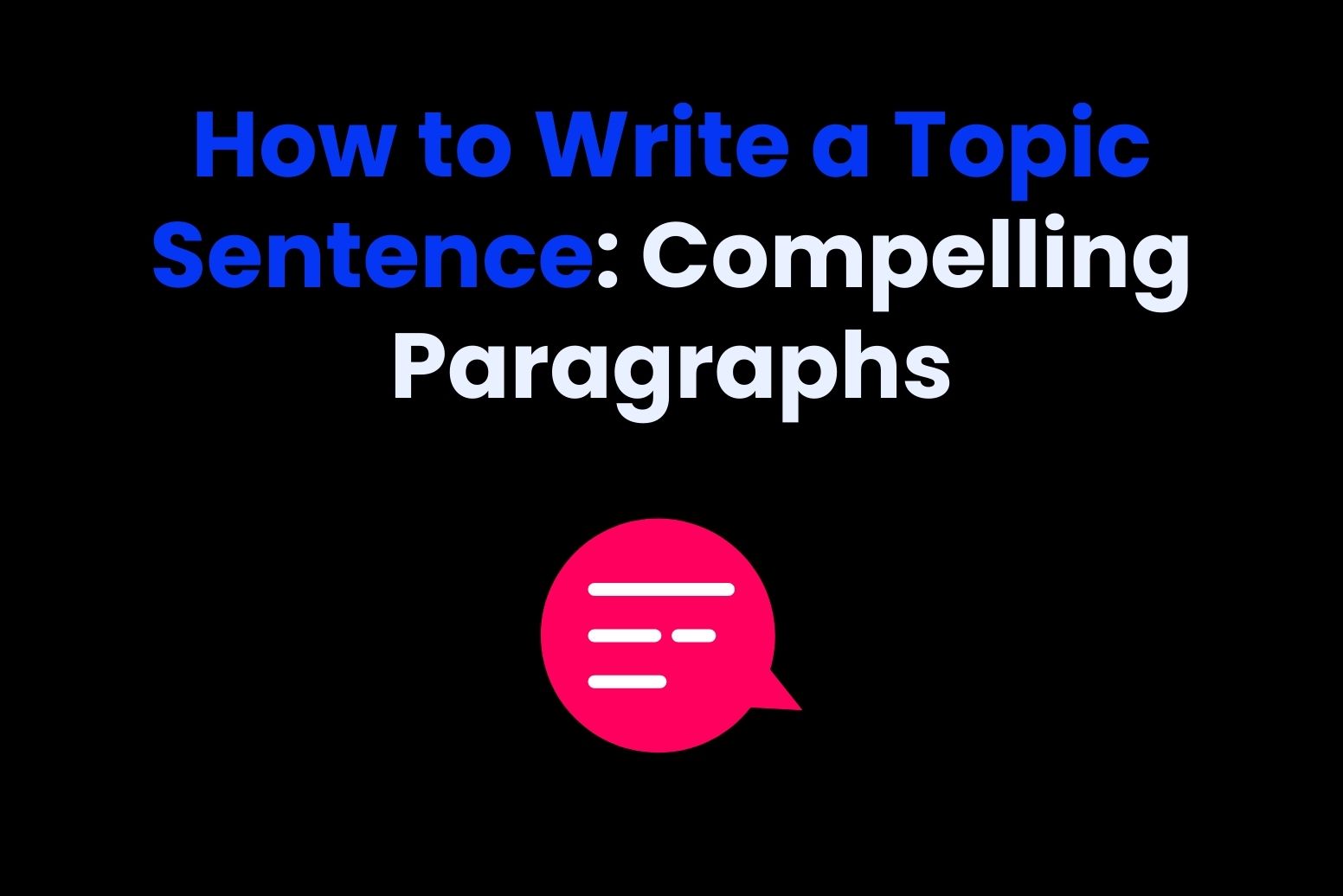We all know that writing norms can be tricky. Especially things like how and when to use a colon. Since you might see them everywhere, but you don’t exactly use them in casual conversations. Neither in everyday writing. That said, don’t stress! Because once you get the hang of using them, it’s a breeze.
Honestly, getting colons right can really level up your writing. However, if you mess them up things can get pretty messy. For example, your sentences might end up all over the place… and trust us, nobody wants that.
So, even if you’re writing a paper or just drafting an email, knowing how to use a colon can definitely make things clearer.
That’s why in this guide, we’re going to walk you through everything step by step to make using a colon way easier.
What is a colon?
In essence, when we’re talking about writing, a colon consists of two vertical punctuation mark. Their purpose is to draw attention to the part of the sentence that follows.
As a result, a colon serves as a tool to highlight important information. Those could be ideas, or lists, guiding the reader’s focus. The part that comes before the colon introduces the idea or concept, while the text following the colon elaborates on or provides specific examples related to it.
When reading, a colon introduces a pause that is slightly longer than a comma but shorter than a period. Also, this pause helps emphasize the importance of what comes next. Which makes everything smoother to read.
Remember that it’s important to note that colons are directly attached to the word or sign after. This means that it shouldn’t be a space between. However, a space follows the colon before the next word or element.
Here’s an example:
- Correct: “She bought several items: a laptop, a backpack, and a phone.”
- Incorrect: “She bought several items : a laptop, a backpack and a phone.”
When to use a colon: The key scenarios
As we mentioned, colons are super important when talking about punctuation. That’s because they can make or break your sentences. However, many people misunderstand them or even underuse them. But the colon has a variety of purposes in both formal and informal writing.
They actually break down information, emphasize important points, and introduce explanations or lists. So, in this section we’ll explore the most common and key scenarios where using a colon is not just appropriate but necessary.
1. Introducing a list
One of the primary functions of a colon is to introduce a list of items, people, or ideas. When you’re presenting multiple components related to an initial statement, a colon signals that a list is about to follow. Actually, this makes your writing way easier to read by giving the reader a clear expectation of what’s coming.
Adding to that, it’s important to remember that the part of the sentence before the colon should be a complete thought. The colon serves as a bridge between this intro and the list itself.
Example:
The project needs the following materials: a laptop, a projector, presentation software, and a whiteboard.
Here, the colon is used to direct attention to the items needed for the project. Without the colon, the sentence would feel incomplete or less structured.
2. Before an explanation or an example
Another important use of a colon is to introduce:
- An explanation
- Elaboration
- Or an example
Which expands on the previous statement.
Also, colons help clarify or provide additional information, allowing the writer to take a step further in defining or explaining the point they just made. This can be helpful in both academic and business writing, where details are crucial for understanding.
Example:
She had one clear objective: to lead her team to success.
In this case, the colon separates the main goal from its deeper explanation. The colon serves to emphasize the primary reason behind her actions—her ultimate goal—and draws the reader’s attention to it in a focused way.
3. In formal salutations
Next, when you want to greet someone in a formal way, such as in professional letters, emails, or official correspondence, you use colons. Since they’re used after the salutation to separate the greeting from the body of the message.
Actually, this use of the colon helps maintain the proper tone and structure of a formal letter. The format is more common in American English…. The British would prefer the simple comma.
Example:
Dear Hiring Manager:
Here, the colon follows the greeting and it signals the end and the beginning of the main body of the message.
4. In titles and subtitles
Additionally, colons can appear in titles. This, in order to separate the main title of a book, article, or any other work from its subtitle. Which, of course, is an essential function of the colon in formal and academic writing, as it helps provide a clear structure and organization.
The title typically captures the main subject, while the subtitle gives more detail or context, and the colon effectively links these two parts together.
Example:
“Understanding Grammar: The Essential Guide for Writers”
In this example, the colon separates the title of the book from the explanatory subtitle. It allows the reader to easily distinguish between the main concept (understanding grammar) and the additional information that provides further insight into the book’s content (a guide for writers).
5. In time and ratios
Colons are also commonly used in the context of time and ratios. In these cases, the colon serves to separate hours from minutes when indicating a specific time, or to separate two quantities in a ratio to show a relationship between them. This use is particularly prevalent in mathematical, scientific, and everyday contexts where precise measurements are necessary.
Example 1 (Time):
“To all the passengers, the next train departs at 4:30 PM.”
Pretty simple, right? Well, in this sentence the colon is used to separate the hours from the minutes, making it super easy to read the time.
Example 2 (Ratios):
“Now, for this recipe, it calls for a 2:1 ratio of flour to sugar”.
While in this sentence, the colon separates the two numbers in the ratio. Which makes it clear that the proportion of flour to sugar is 2:1.
Common mistakes when using a colon
By now, we all know how useful colons are, but they can often be misused. Which can lead to confusion and weak sentence structure. So… if you don’t want this happening to you, here are some mistakes to avoid when using a colon.
1. Using a colon after a sentence fragment
One of the most frequent errors with colons is using them after incomplete sentences or fragments. For a colon to be correctly placed, the clause before it should be a complete, independent thought. The colon acts as a bridge to introduce more details, so it must follow a grammatically correct sentence.
This would be a totally incorrect phrase: “I have several hobbies: painting, reading, and cycling.”
While, this one is correct: “I have several hobbies: painting, reading, and cycling are all activities I enjoy.”
As you see, the sentence before the colon must stand on its own as a complete thought.
2. Using a colon before a list without proper introduction
Another common mistake is placing a colon before a list without an introduction. And that’s simply because a colon should only be used to introduce a list with a whole sentence before it.
An incorrect example of this would be: “You need the following: paper, pens, and a pencil case.”
Whilst, a correct one is the following: “You need the following supplies: paper, pens, and a pencil case.”
In the incorrect example, there is no introductory clause, making the colon unnecessary. The correct version introduces the list with a full statement, making the colon appropriate.
3. Spacing errors
When using a colon, many writers forget to follow the basic rule of spacing. Which is a huge mistake, because it should be directly after the word or phrase it follows. However, there should be a single space after the colon before continuing with the text.
So, an incorrect example is: “She bought three items : a book, a notebook, and a pen.”
While a correct one: “She bought three items: a book, a notebook, and a pen.”
Even if it doesn’t seem like it, this small error can make your writing look unprofessional and sloppy.
Not really sure when to use a colon? Improve your writing with Arvin AI!
Not sure when to use a colon? You’re not alone! Writing documents, articles, or essays can often feel like a monumental task. By keeping track of every punctuation rule, such as when to use a colon, you can make the process way harder.
But, let’s be real, it’s not always easy to remember every rule.
This is where Arvin AI steps in to simplify your writing process. Since it’s powered by GPT-4, this Chrome extension is a game-changer. Especially, for those looking to improve their grammar, punctuation, and overall writing. With Arvin AI, you get more than just grammar correction – it helps you spot those subtle mistakes, suggest better sentence structures, and even translate text or generate fresh content ideas.
So, what are you waiting for to try it now?
FAQs
How are a colon and a semicolon different?
Well, these literary resources serve different purposes. For example, a colon introduces or emphasizes what follows. On the other hand, a semicolon connects two related independent clauses. For example:
- Colon: She had one goal: to win the race. This demonstrates when to use a colon to emphasize an idea.
- Semicolon: She trained hard; she was determined to win. The semicolon connects two complete but related thoughts.
When to use a colon in formal writing?
In a more sophisticated scenario, colons are essential for creating structure and clarity. For instance, use a colon in letter salutations, such as Dear Hiring Manager:, or to introduce a key point or quotation.
For example:
The speaker said a very relevant statement: “Success comes to those who persevere.”
Can I use a colon in titles?
Absolutely! When you add a colon in titles, you have a great way to separate a main title from a subtitle.
For instance, Grammar Basics: When to Use a Colon demonstrates how to highlight the topic clearly. This is a perfect example of when to use a colon in writing to make headings more engaging and informative.








